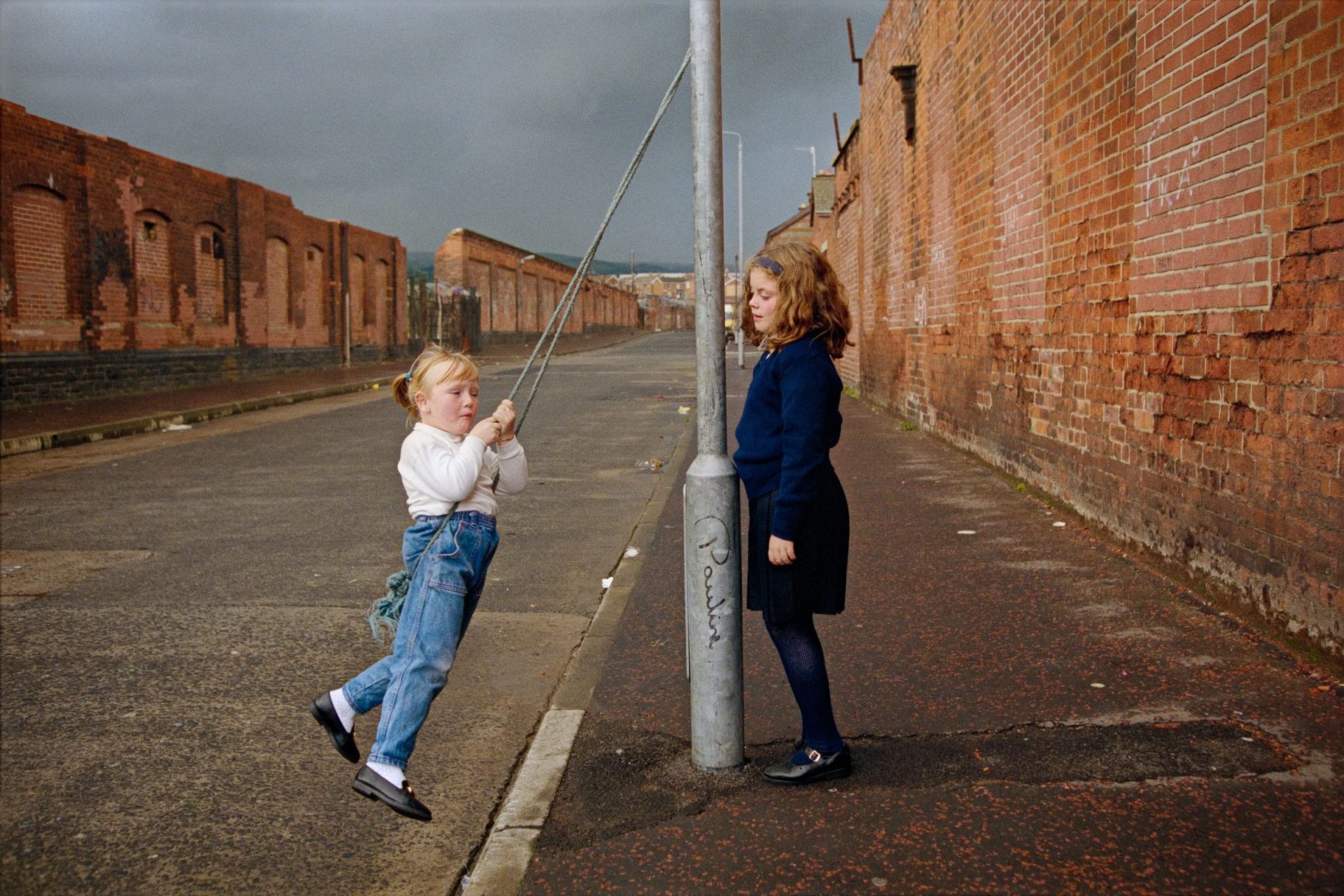
The province was claustrophobic, insular, and caught in a time warp. The Troubles meant that McDonald’s had opened in Moscow before the franchise came to Northern Ireland, and the giant British supermarket chains had only just begun to move in. Foreigners were rare. Even the people of Britain and Ireland avoided the benighted place.
Northern Ireland was deeply patriarchal, with not one woman among its 21 members of the British and European parliaments. It was deeply conservative, with the fundamentalist Ian Paisley fulminating against “sodomites at Stormont” when Elton John performed at Northern Ireland’s seat of government; a production of Jesus Christ Superstar was picketed for blasphemy. The sectarian conflict dominated the political agenda to the exclusion of social issues and isolated the province from progressive outside influences.
Then something astonishing happened. Sensing that the conflict had exhausted both communities, British Prime Minister Tony Blair and Irish Taoiseach (Prime Minister) Bertie Ahern threw themselves into the search for peace. Aided by US President Bill Clinton and retired US Senator George Mitchell, they refused to let the process be derailed by walkouts, violence, or heated standoffs over seemingly intractable issues. They persuaded leaders of Northern Ireland’s rival communities—including David Trimble, the Ulster Unionist Party leader, and Sinn Féin’s Gerry Adams and Martin McGuinness—to make previously unthinkable concessions. On Good Friday in 1998, after a marathon final negotiating session that lasted 33 hours, Northern Ireland’s main parties reached an historic agreement to end Europe’s longest conflict.”
— Martin Fletcher, Peace Without Harmony
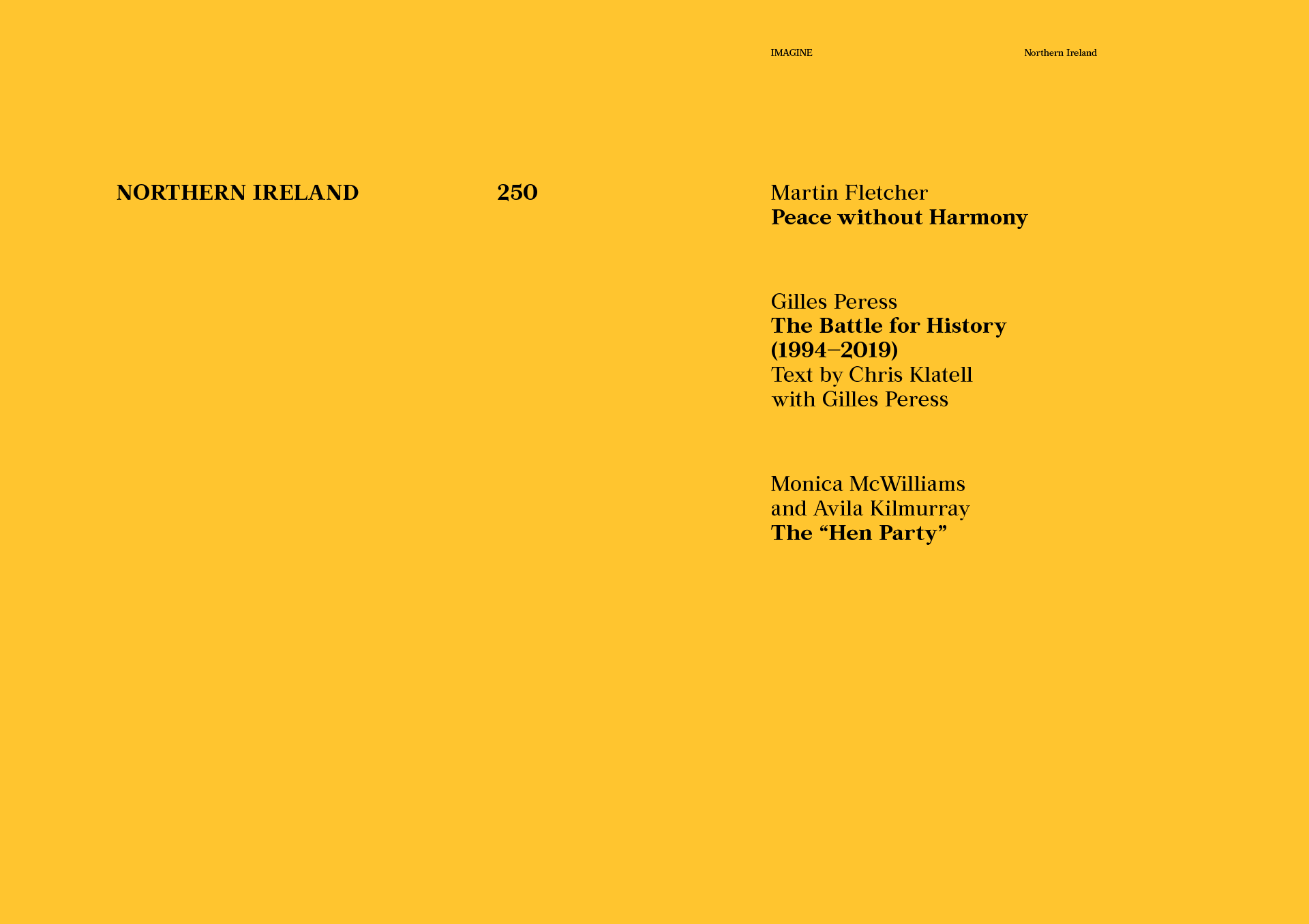
Potato blight scorches Ireland and creates massive shortages, while the English are still the vast majority of land owners. The UK government allows evictions to continue and continues to import food from Ireland despite the famine. More than 1.25 million Irish emigrate to the US
The farmers, including lower class Protestants, use boycotts, rent strikes, protests, and violence to fight back against unfair rent and evictions.
Irish nationalists rebelled, claiming independence from the British. The insurrection was suppressed and the leaders executed
Ireland is divided, 26 counties in the south become the independent Republic of Ireland with the 6 counties in the north remaining loyal to the United Kingdom
The Republic of Ireland remains neutral
The Republic of Ireland is now fully politically separate from the United Kingdom, while Northern Ireland remains in the UK.
The stated goals of the movement include ending discrimination against Catholics and nationalists, reforming the Protestant controlled police force, and to roll back gerrymandering.
A Protestant parade marching near the Bogside earns the ire of its Catholic residents. The two sides begin to throw rocks at one another and the riot breaks out. The Derry Citizens Defense Association organizes attacks on the Royal Ulster Constabulary (RUC). At the behest of the Northern Irish government, London sends troops.
The barriers separate Protestant and Catholic neighborhoods in Belfast and Derry.
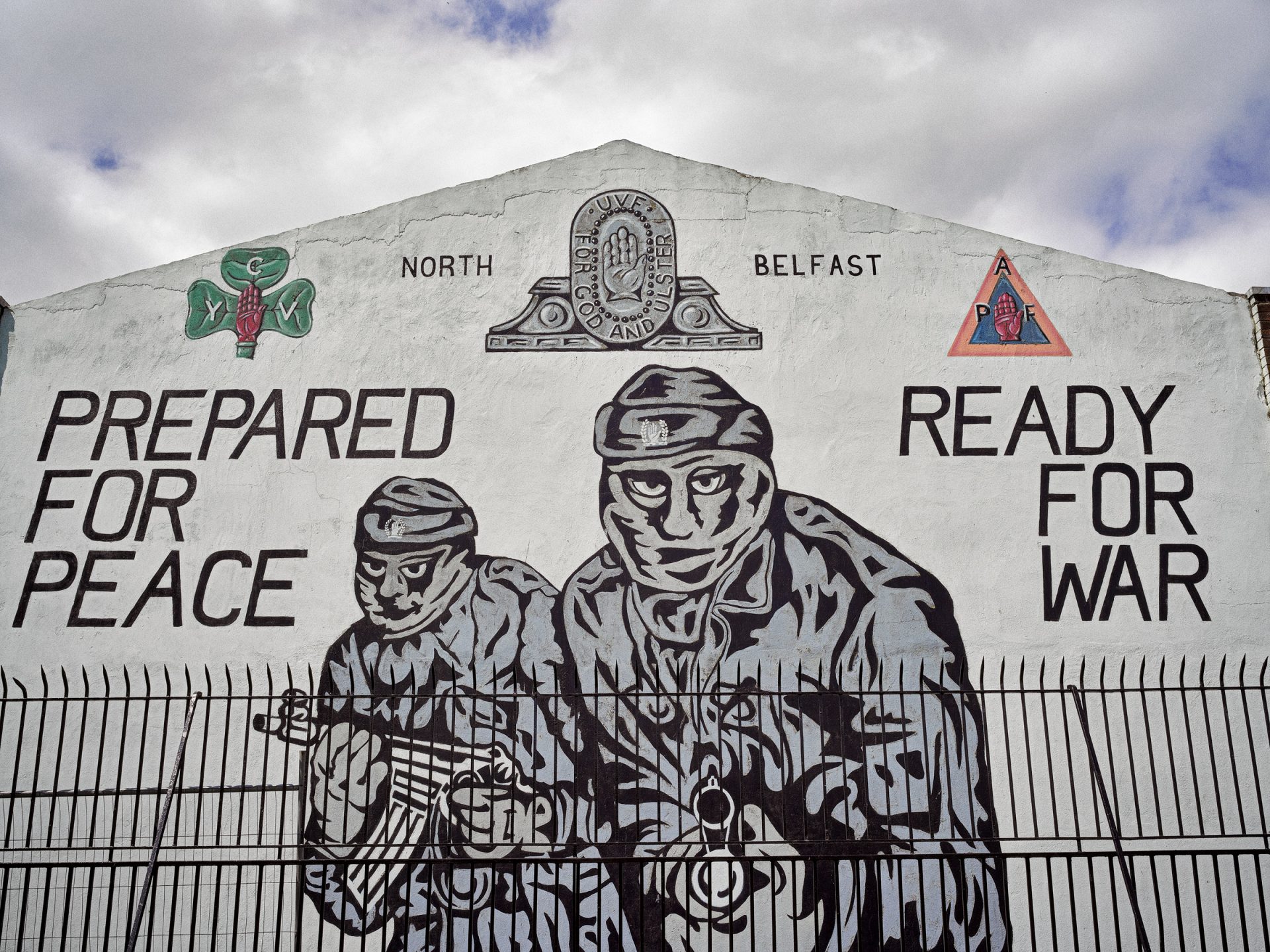
British forces kill four Catholic civilians during the operation, which becomes a major propaganda boon for the IRA.
The provisional IRA, separate from the official IRA, prioritizes armed resistance to British rule. RUC and Unionist paramilitaries clash with this new IRA sect.
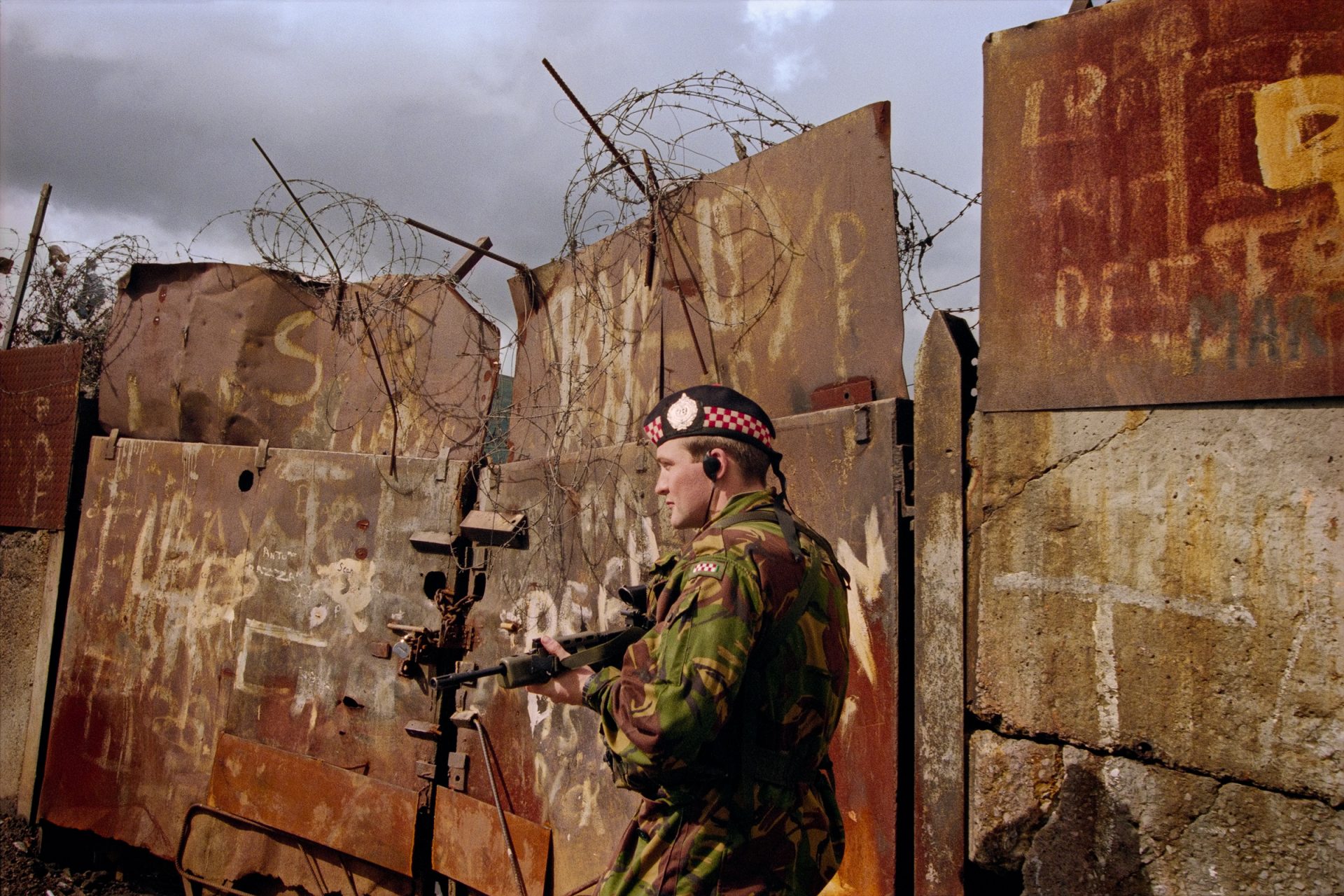

13 are killed by British troops during a civil rights march on “Bloody Sunday”. Attacks in Belfast on “Bloody Friday” and later in 2 Birmingham pubs on the mainland, bring casualty figures to over 500. The British military presence in Northern Ireland is now nearly 22,000. The first secret peace talks take place without success.
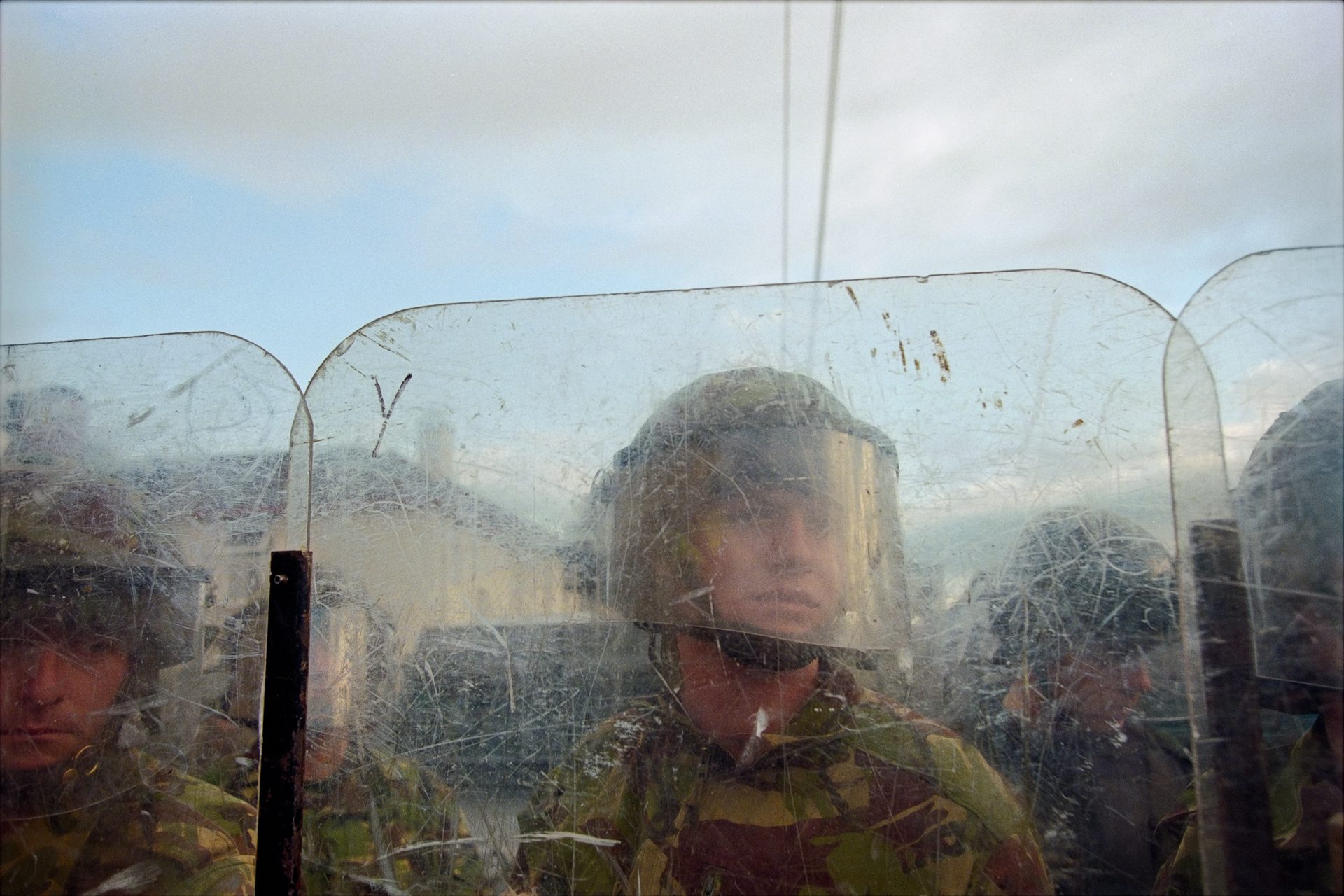
SCS essentially recognizes these prisoners as prisoners of war and grants them additional rights per Geneva Convention guidelines.
Hardline Unionists in particular make the case that the agreement, which established power-sharing and involved close cooperation with the Republic, was ultimately a path to inevitable annexation by the Republic of Ireland.
Notable bombings occur in Dublin, Ireland and Birmingham, UK, claiming lives on both sides.
Later in the year, the British declare the protestant UVF to be an illegal organization.
Political prisoners are held as criminals, with no exemptions from work duty or uniforms. IRA prisoners refuse to wear uniforms, insisting that they are political prisoners and not criminals.
Bobby Sands and nine other IRA members fast to death protesting end of SCS.
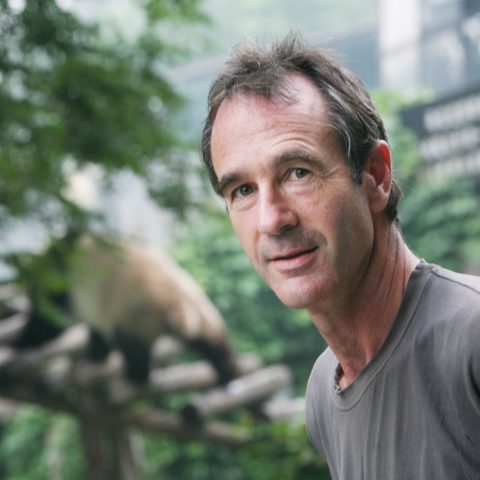
In 1997, Martin Fletcher arrived in Belfast on assignment for The Times of London to find, as he puts it, “the province claustrophobic, insular, and caught in a time warp.” Three decades of the Troubles meant that McDonald’s opened in Moscow before it came to Northern Ireland, foreigners were rare, and kneecappings were still common. Twenty years on Fletcher returns to Northern Ireland to find that the political, social, and economic discrimination that fuelled the Troubles has gone. But peace building, as opposed to peacemaking, has a long way to go.
On a cold, dank December afternoon in West Belfast, I join two young American tourists and an older couple from Cork at the foot of the Falls Road, the republican stronghold in this part of the city. There we meet Peadar Whelan, a former member of the Irish Republican Army (IRA) who served 16 years in Northern Ireland’s notorious Maze prison for his role in the attempted murder of a police officer in the early days of the Troubles. He participated in the “blanket protests” of the late 1970s, when republican prisoners refused to wear prison uniforms and desecrated their cell walls after their political status was withdrawn. He was there in 1981 when Bobby Sands and nine other IRA prisoners starved themselves to death.
Today, nearly four decades on and 60 years old, Whelan serves as a genial and amusing guide on one of the Troubles tours that introduce tourists to Northern Ireland’s recent history. His language suggests his political views have scarcely mellowed. He shows us where, in 1969, “loyalist mobs” launched “pogroms” against Roman Catholic families at the start of the Troubles, “systematically burning their ways through the streets.” He shows us the bullet holes they left in the red brick walls of St Comgall’s Primary School. He shows us murals honouring the hunger strikers, and elaborate memorials for “IRA volunteers and civilians murdered by loyalist and British forces.”
On Bombay Street, a front line in those early battles, a plaque commemorates Gerard McAuley, a 15-year-old boy shot by a sniper while helping Catholic families escape the loyalist incursion. He was the first IRA “volunteer” to die in the Troubles.
Bombay Street’s neat terraced homes back on to a huge peace wall—a hideous concrete, steel, and wire mesh barrier more than 20 feet high that was erected in late 1969 to divide the republican Falls from the loyalist stronghold of the Shankill Road to the north. Their rear gardens are caged in with steel mesh. Whelan insists such protection remains necessary today. Loyalists still hurl missiles over the top of the wall, he says. On cue, a female resident walks past. I ask if she would like the wall taken down. “I’d like it higher still,” she retorts.
Whelan then takes us to one of the few gates in that two-mile wall. There he delivers us to our second guide, who is his loyalist mirror image and asks us to just call him “Jim.” Whelan ventures no farther into the Shankill. “I wouldn’t take the chance,” he says as he departs.
Jim is about the same age as Whelan and equally affable, though a little more reticent about his past. A former member of the loyalist paramilitary Ulster Volunteer Force, he also spent time in the Maze— 15 years. “Murder was involved,” he says coyly, adding: “Whatever I was asked to do during the conflict, I did.”
— Martin Fletcher, Peace without Harmony
The most notable of these, the Brighton Hotel bombing, targets Prime Minister Margaret Thatcher’s government killing one MP
The treaty establishes an advisory role for the Irish in Northern Ireland, and reaffirms that Northern Ireland will remain a part of the UK until a majority vote to join the Republic.
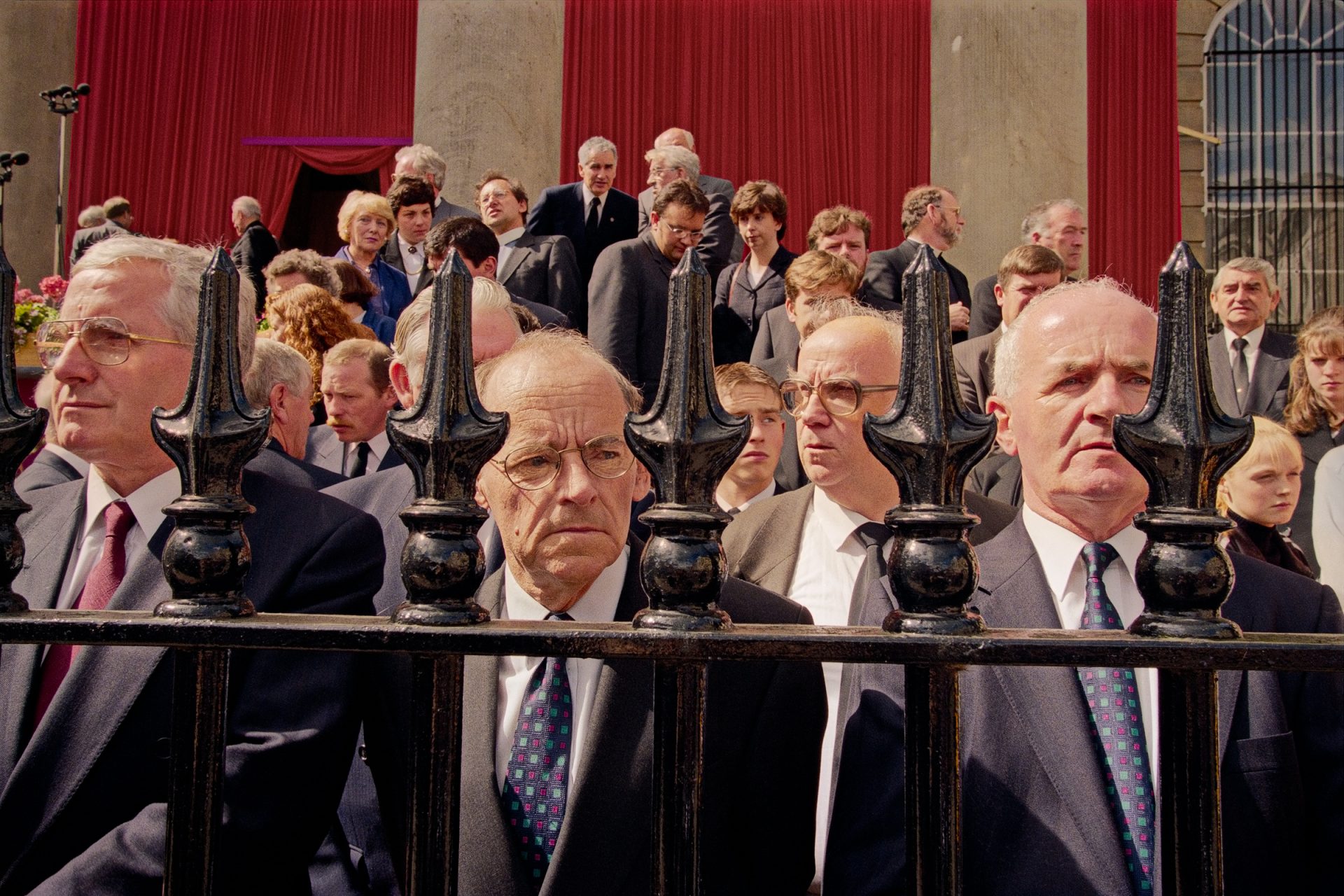
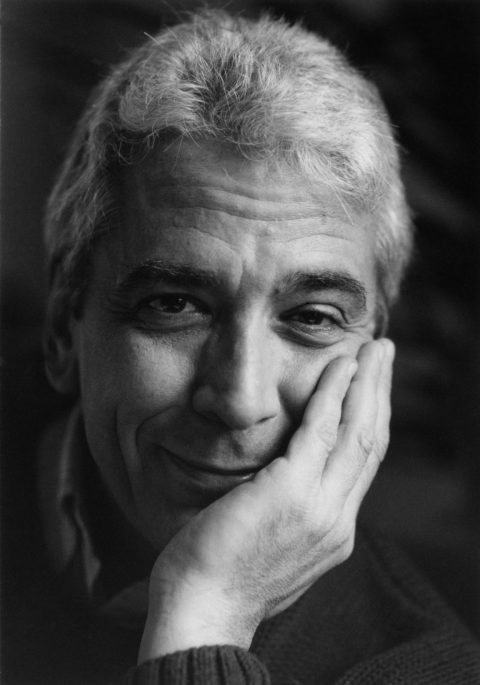
Gilles Peress is the recipient of the John Simon Guggenheim Fellowship, the Dr. Erich Salomon Prize, and grants from the National Endowment for the Arts. His work has been exhibited by and is in the collections of the Museum of Modern Art, the Metropolitan Museum of Art, the Whitney Museum of American Art, the Art Institute of Chicago, the Getty, and the Centre Pompidou, among others.
In 1994, the Irish Republican Army and the Combined Loyalist Military Command declared ceasefires on behalf of the predominant paramilitary organizations in the North of Ireland. Political conversations had dragged on for decades, but the ceasefires kickstarted a process that eventually led to the 1998 Good Friday Agreement and the cessation of active hostilities. Another 25 years on, no one knows if this will be permanent: There have been similar pauses throughout the 800-year British occupation of Ireland, and even the 1994 ceasefires proved neither lasting nor universal. But something unquestionably changed.
The previous 30 years had been dominated by the “Troubles,” a conflict defined not by violence but by the tension between the necessities of everyday life and periodic, inescapable eruptions of violence precipitated by the British Army, by Loyalists, and by Republicans. During this era, dark and full of murders, Gilles Peress defined the structure of history as helicoidal. Nothing seemed to progress or regress; rather, each day became a repetition of every previous day like that day: the day when someone was killed or went to prison; the Sunday after a riot; the anniversary of a bombing or a battle; the rare day you escaped, briefly, to the country.
The peace process shifted the pattern: Life briefly became, or at least seemed, directional. The texture of existence changed, too: British troops gradually disappeared from the streets; checkpoints and border posts melted away; new names, parade routes, and government structures came into being; and the frequency of bombings, arrests, and killings—and the protests, riots, and anniversaries that followed them—withered away.
But history didn’t disappear. It lingered, in the background, with that same quality of being a curse as it was when bombs exploded daily and you had to open your handbag at the entrance to every store: You’re damned if you remember; you’re damned if you don’t. You’re damned if you remember because you’ll be traumatized by the past and will therefore repeat your mistakes, and you’re damned if you don’t because you’ll fail to recognize and avoid them.
— Chris Klatell with Gilles Peress, The Battle for History
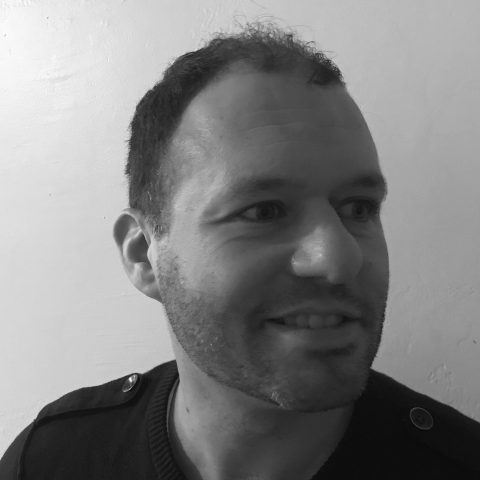
Chris Klatell is a writer and lawyer based in New York. He writes frequently about photography and is working with Gilles Peress on a book about the north of Ireland, to be published in 2020.
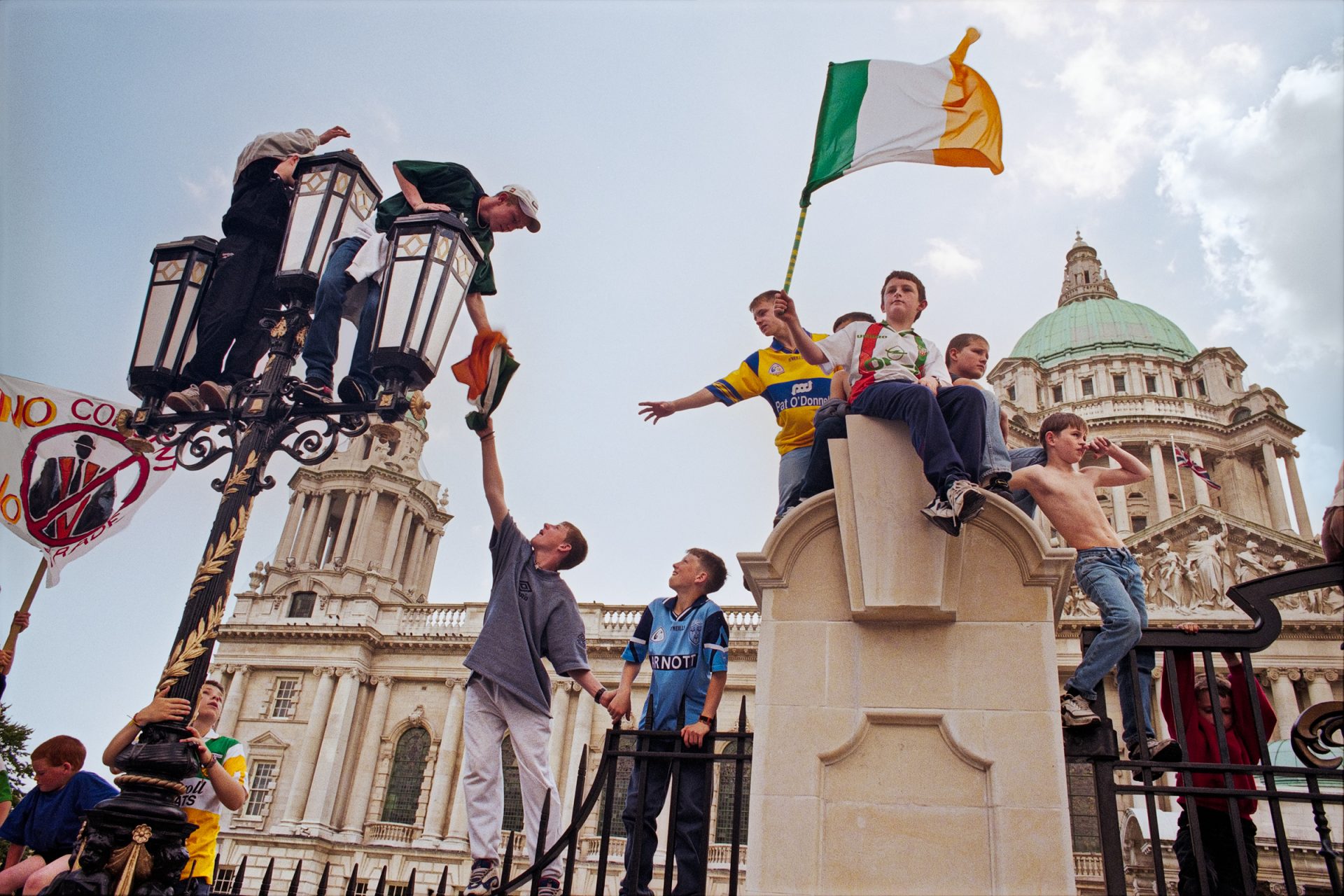
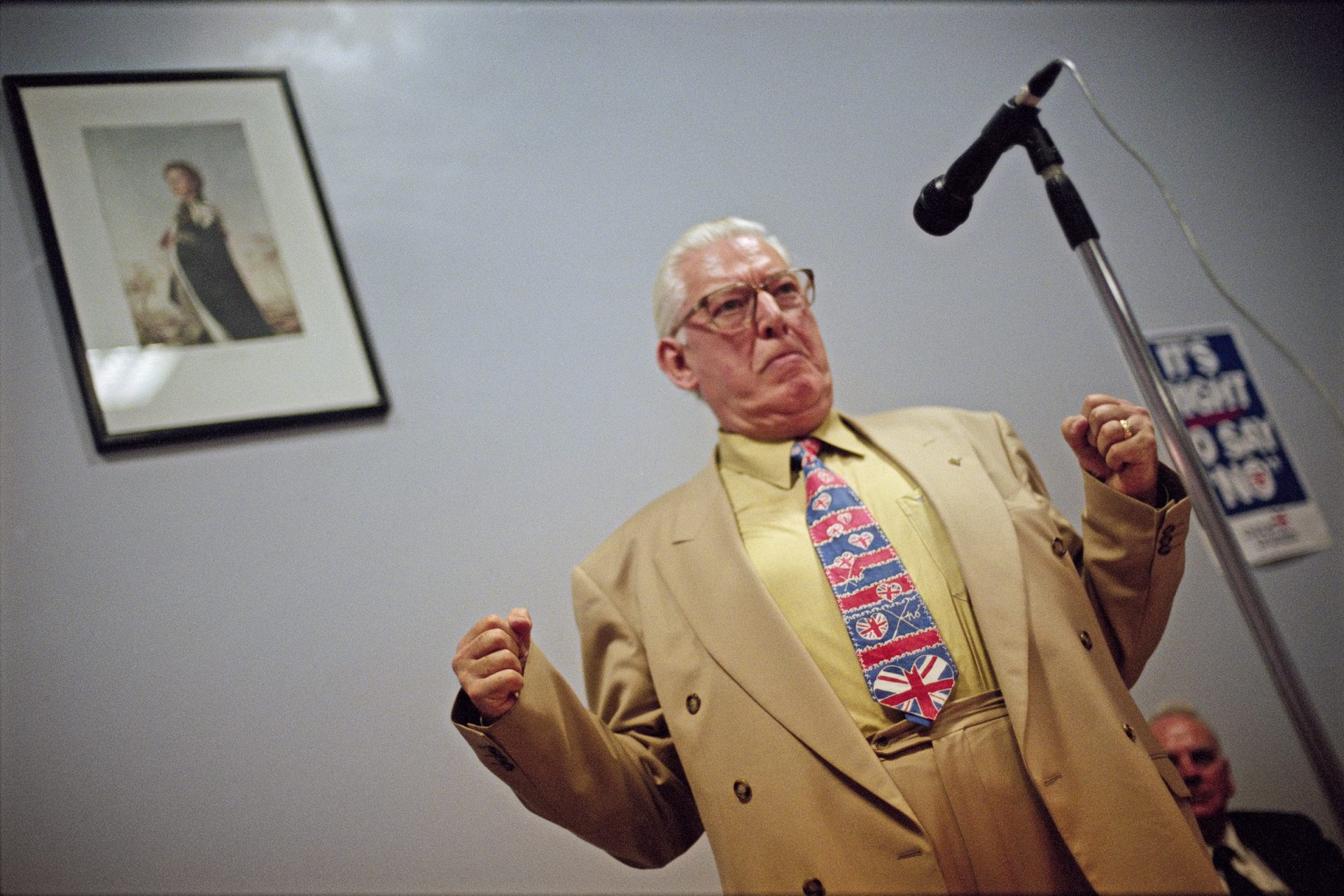

June 1997 The South African ANC, now in government, invite the Northern Ireland nationalist and loyalist factions to a conference centre in Cape Town to see what can be learned from the veteran South African negotiators
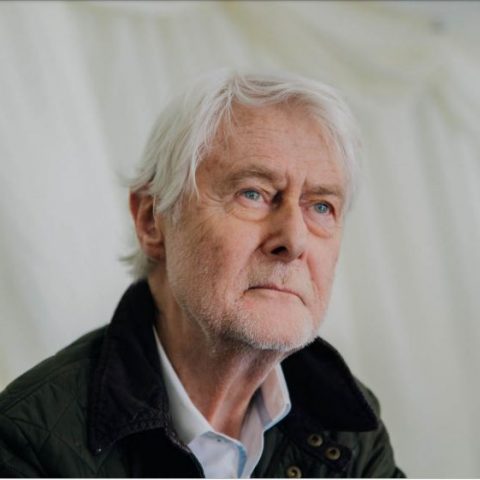
To ensure that the SDLP was locked into the process, it was imperative to first draw in Sinn Féin. My relationship with its enigmatic leader, Gerry Adams, was another complicated one. I had met Adams in 1980 and interviewed him repeatedly in the mid-1980s, posing questions that ranged from the personal to the political. It is almost impossible to penetrate his veneer of unflappable equanimity. (He rejects any suggestion that he was ever a member of the IRA. No one believes him.) He always left wiggle room in his interviews—he wasn’t exactly ambiguous, but he was also never closed-ended. Adams used to hold his press conferences at Connolly House in West Belfast in an auditorium outfitted for the purpose. He would arrive, make a statement, and refuse to take questions. Instead, he would call on a number of journalists and walk off; and then, one by one, they would enter an enclosed cubicle where he would entertain their questions while others waited outside to be called. It was as formal as a confessional box. In this way, he always managed his message. You messed with Gerry in an article and you would never see the inside of that box again.”
“Travel arrangements were practically a paean to segregation: Sinn Féin was routed through Paris to Johannesburg, while the other parties went through London. In South Africa there were two sets of VIP lounges in Johannesburg; two sets of military aircraft (one to ferry the Unionist parties, SDLP, Alliance, and the smaller parties, and another to ferry Sinn Féin) to fly everyone to Denel Overberg Test Range, a military base close to De Hoop; and two sets of buses to the De Hoop Nature Reserve. There were three sets of accommodations within the conference site. The conference itself held two separate sessions for each proceeding. Finally, a set of byzantine arrangements allowed the delegations to either commingle or remain separate.”
“After Robinson had settled in his accommodations, I was anxious to show him what a good job we had done in complying with the DUP’s demands. We reviewed the arrangements, and he had only one comment: “The Sinn Féin bar is bigger than our bar!” I pointed out that his group didn’t even drink. He was adamant—we had to fix it. This small incident exemplified a key characteristic of a divided society: the narcissism of small differences. To Robinson, the fact that the makeshift Sinn Féin bar was slightly larger than the makeshift DUP bar triggered a less-than, more-than complex; it signified that the organizers empathized with Sinn Féin’s position. It had to be fixed, so we fixed it.”
— Padraig O’Malley, The Narcissism of Small Differences: What the IRA Learned about Negotiation from the ANC
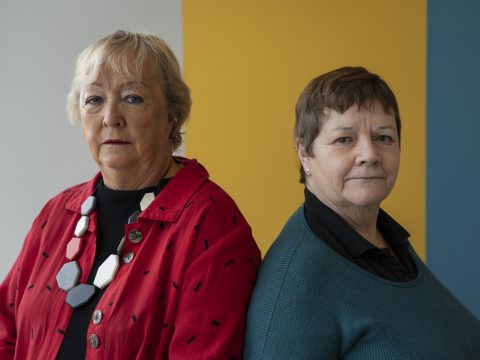
Monica McWilliams and Avila Kilmurray are activists and academics who fought for and won a seat at the peacemaking process in Northern Ireland. They conceived of the bilateral Northern Ireland Women’s Coalition, designed to force attention away from political posturing to the real social issues that affected both loyalists and nationalists.
Starting with around 100 women, the NIWC grew. Local groups came together across Northern Ireland. Over 90 women agreed to stand for election in order to gather enough votes for the NIWC to be one of the 10 parties represented at the peace talks. We agreed to have two leaders: Monica McWilliams, from a Catholic and nationalist background, and Pearl Sagar, from a Protestant and loyalist one. We knew we had to structure the party to represent women from both sides of our divided community. We adopted a party platform of three principles—inclusion, equality, and human rights—rather than wasting time on drafting detailed policies. We did things differently: our election poster was a cartoon dinosaur in suffragette colours (green, white, and violet), declaring “Say Goodbye to Dinosaurs.” Some male politicians took offence at that.”
US Senator George Mitchell slowly draws the political wings of Northern Irish factions together throughout 1997. The agreement builds on Sunningdale and the Anglo-Irish agreement, and establishes a self determined path to peaceful political resolution of Northern Ireland’s fate.
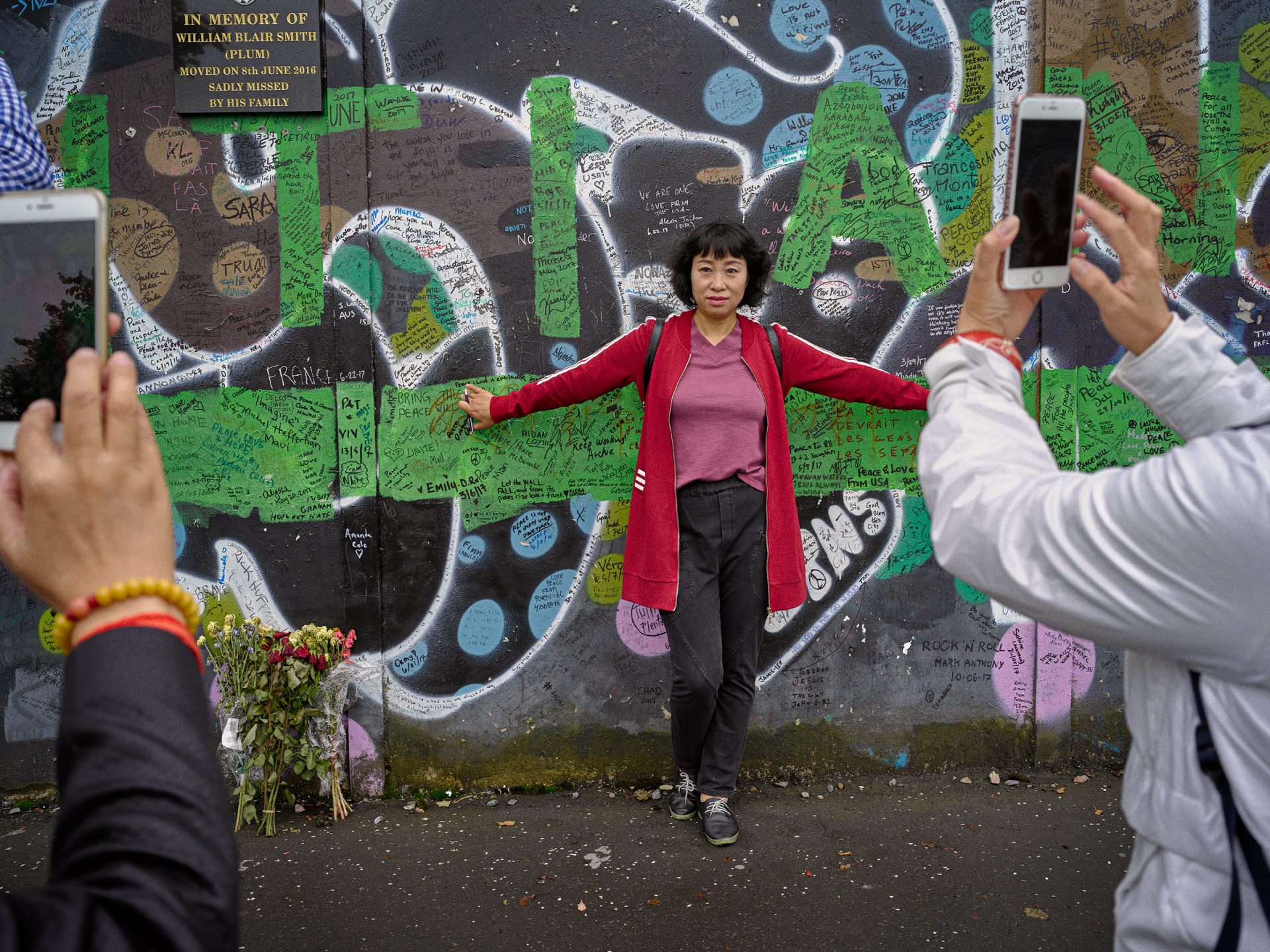
Power sharing gives the major parties political power, but paramilitary decommissioning is slow.
A funny thing happens as you approach the end of negotiations and arrive at a peace agreement. Beforehand, many consider the conflict insoluble. Winston Churchill and Margaret Thatcher considered Northern Ireland impossible to resolve. Afterwards, many suggest that the agreement was inevitable. Following the signing of the Good Friday Agreement, some commentators argued that peace was the outcome of a host of external factors, including 9/11, which made terrorism more difficult for the IRA to carry out, and economic progress in the Republic of Ireland, which made the threat from the south less palpable. Neither of these viewpoints is the reality. It is important that people understand that while no conflict is beyond solving, nor is that solution inevitable. Addressing conflict requires strong leadership prepared to take risks, patience, and above all a willingness to learn from past mistakes.”
— Jonathan Powell, Building the Tunnel
The amendments include the restoration of the Northern Ireland Assembly, the formation of a new executive structure, and established deadlines to hold elections for both of these bodies.
While Northern Ireland remains in the UK, the constitutional question of whether to join the Republic of Ireland continues to play out in Northern Irish politics.
The open border in Northern Ireland becomes a major concern.
Unionists take a political blow as Sinn Fein sees Brexit as a new talking point in favor of a united Ireland
The murder is swiftly condemned by all sides but acts as a reminder of how quickly violence can erupt
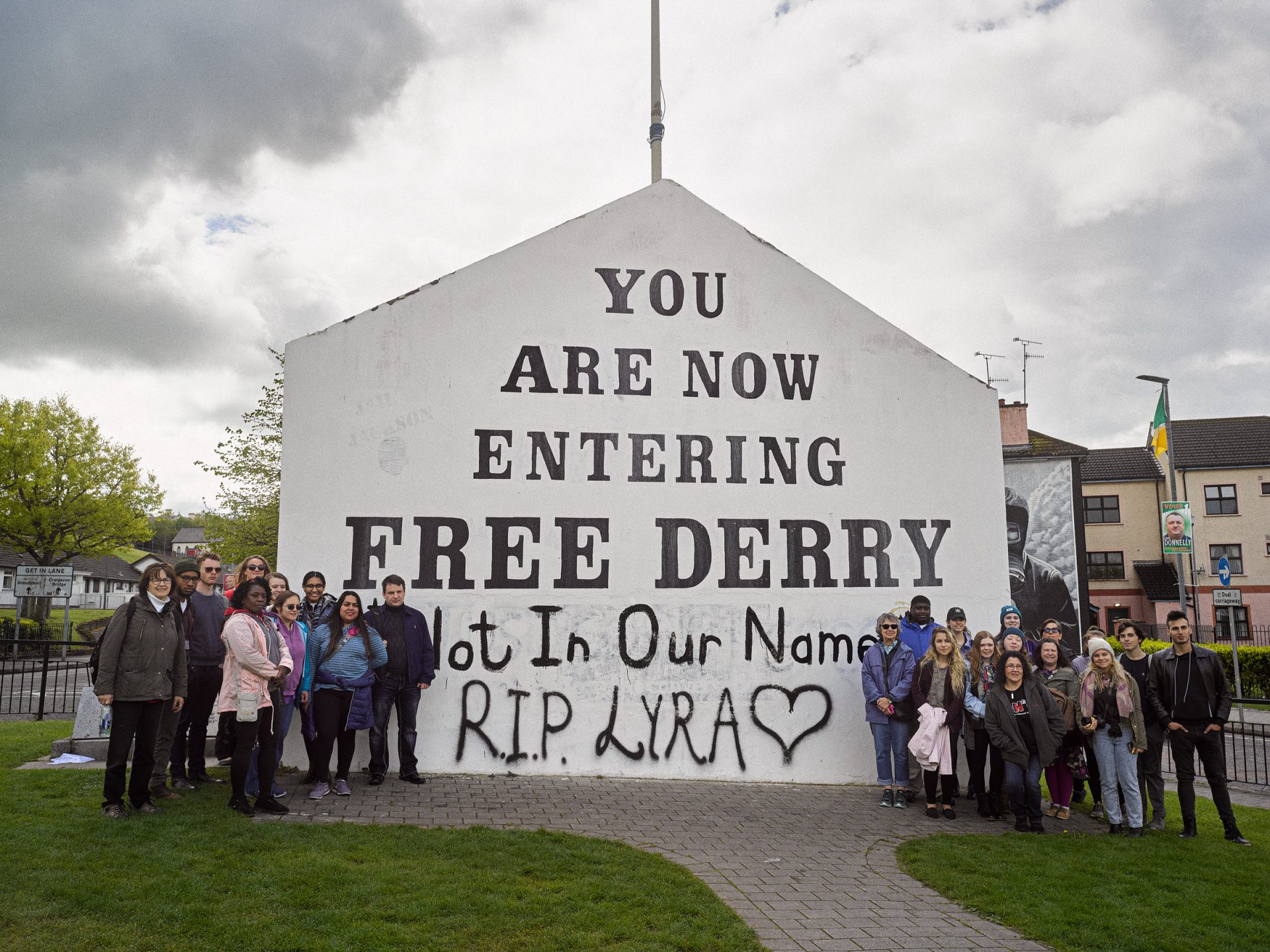
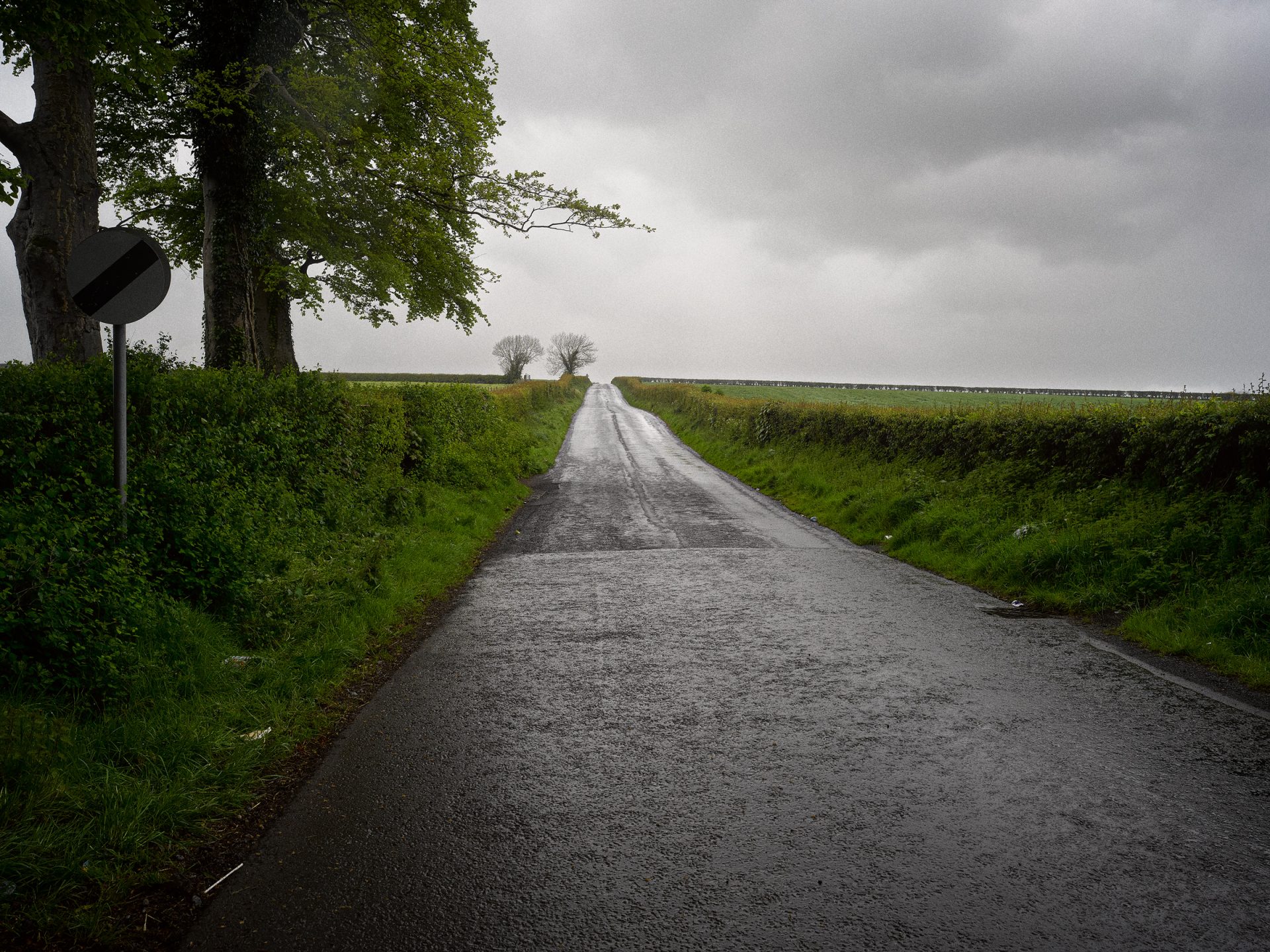
It’s inevitable that the Irish border would become a sticking point for Brexit. Both sides needed to establish a border somewhere for Britain to leave the EU and its customs union, but the border couldn’t be in Ireland without undermining the Good Friday Agreement, or outside of Ireland without undermining the union with Britain.
The original partition created Northern Ireland; it’s the north’s progenitor and its original sin, a 100-year-old imperial gesture that prompted civil war and a century of irresolvable conflict. Were it to reemerge, the ramifications would be equally unpredictable. Nationalists used to say that Ireland would reunite, but “not in my lifetime.” Suddenly, it’s “possibly in my lifetime.”
If you travel through the border today, you see nothing. You see gorgeous landscapes and boring ones. You see a lot of rain and some sun. The only differentiations are the texture of the road paving and the speed limit signs, which show kilometers in the south and miles in the north.”
— Chris Klatell with Gilles Peress, The Battle for History
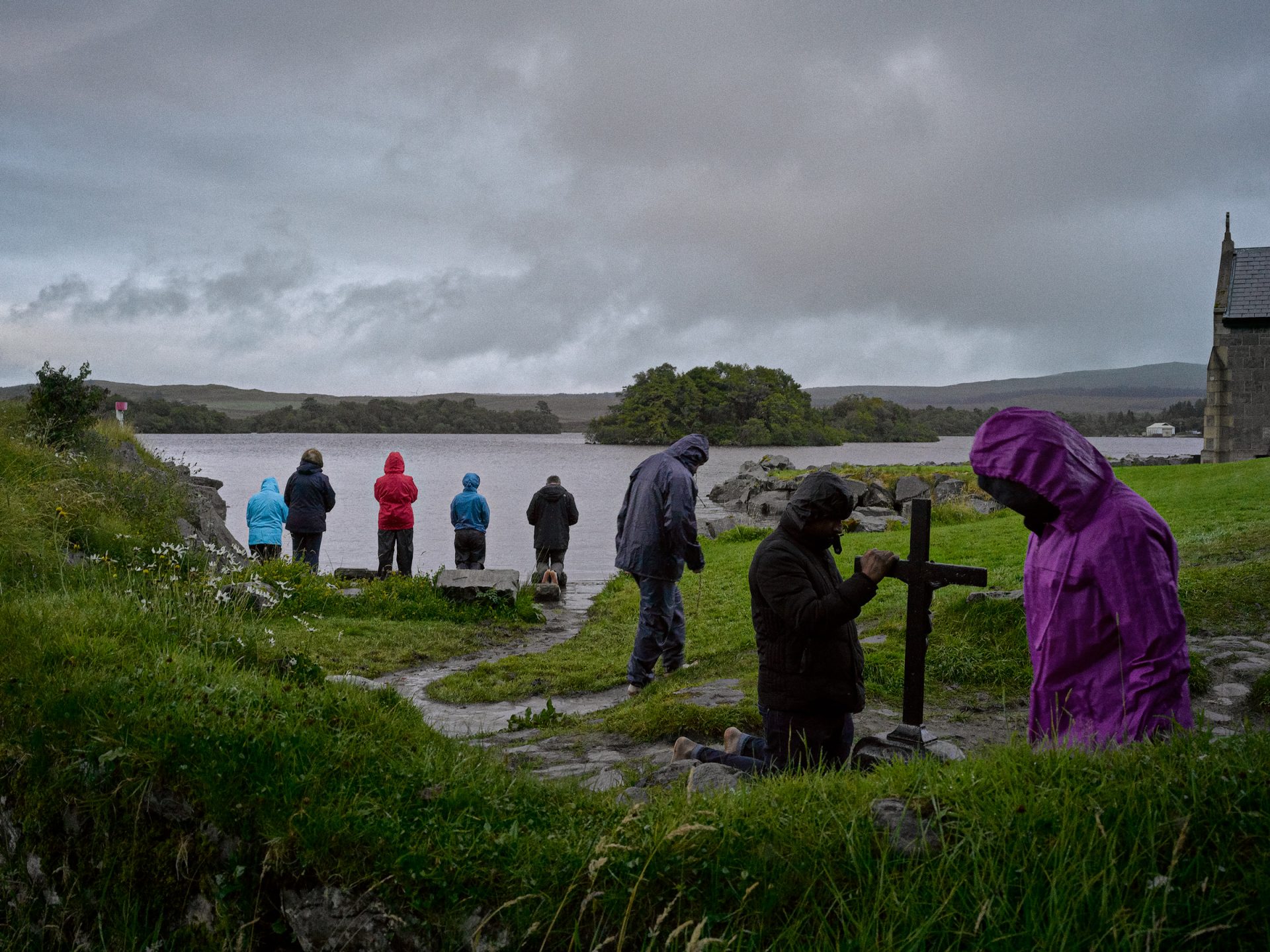
Since before the British conquest, pilgrims have followed these roads to Lough Derg in County Donegal, now just across the border. They circle barefoot across its sharp stones, fasting and praying for release, faithful that, through their suffering, one day they’ll find eternal peace.”
— Chris Klatell with Gilles Peress, The Battle for History
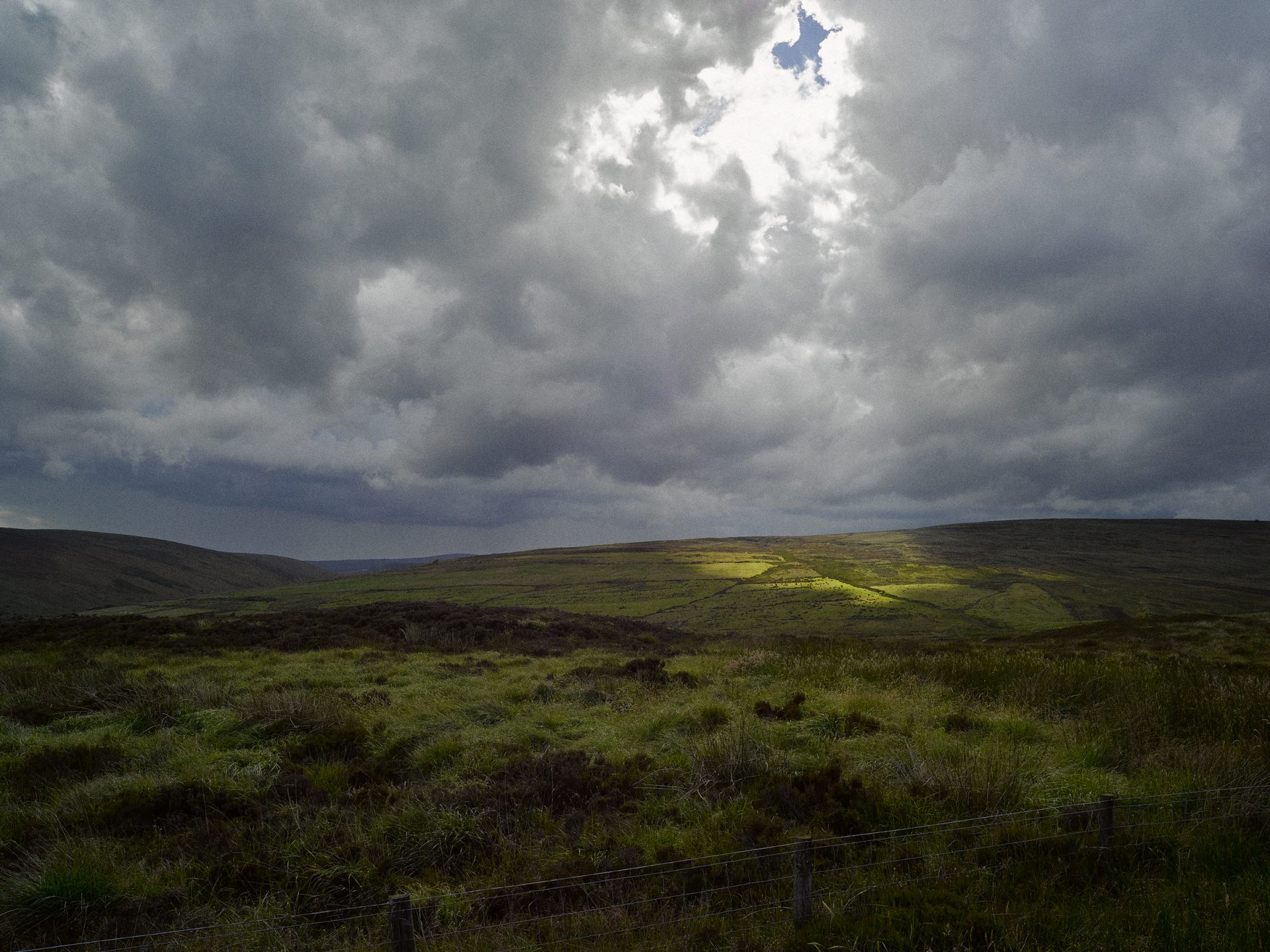
The plan for Northern Ireland, and particularly the open border, remains uncertain.
The transition period begins, during which the UK continues to negotiate a new trade deal with the EU. Northern Ireland becomes a key point in the negotiations, expected to follow EU manufacturing and agricultural rules while technically now outside of the EU. Northern Ireland thus exists in a liminal space between the two sides, complicating its relationship with the mainland UK as well as the Republic of Ireland, and by extension the greater EU.

